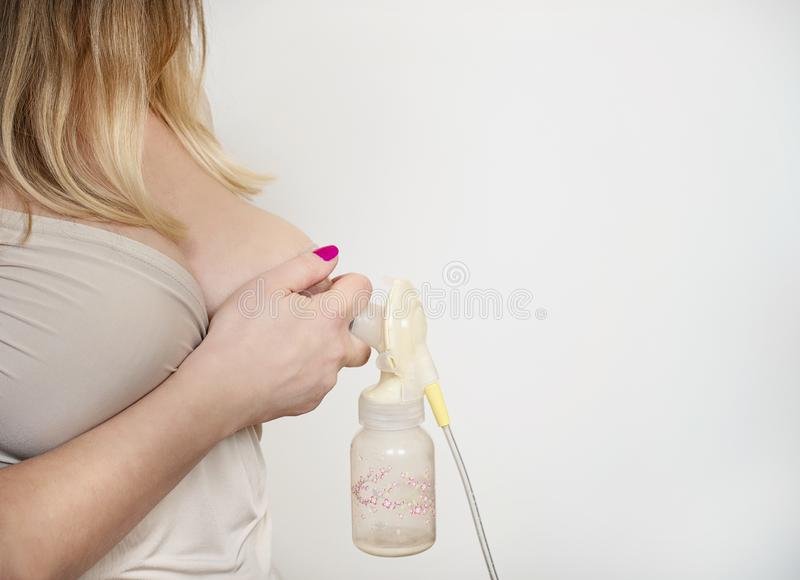1: No Rush To Start Pumping
In the first four weeks, you and your baby work together to start and increase your milk supply. If the baby is healthy and breastfeeding is going well, you won’t need a breast pump. However, expressing milk is very useful if you need to be away from your baby at any time (for work or other reasons). If not, there is no need to train your body to express milk for the first few weeks.
2: What To Do If Your Baby Cannot Breastfeed?
If your baby can’t feed directly from the breast, perhaps because he’s premature or has special needs, it’s a good idea to start double pumping as soon as you can after she’s born.
Studies show that starting to express milk in the first few hours helps mothers produce a greater volume of milk in the first few days and weeks, getting their babies used to being exclusively breastfed sooner.
If your baby is due early, needs intensive care, or has a condition that could make breastfeeding difficult, it’s best to be prepared. Learn about pumping and ask your doctor for advice.
It is important that you express milk from your breasts as long as your baby does not have any special conditions when it comes to drinking – this way your breasts will automatically continue to produce milk. Try to do eight to 10 pumping sessions every 24 hours at first.
3: What Is The Right Time?
The first time you try to express milk, pump for at least 15 minutes. Don’t worry if not much milk comes out at first, getting into a pumping habit will soon stimulate your breasts to produce more milk.
For example, some moms find that pumping an hour after nursing produces more milk, while others prefer to pump immediately after every second feeding. In the end, everything is a fairly subjective matter, try it in different situations and assess which one works best for you.
Once you have found a moment in the day that works for you, try to continue with it day by day in this way the body will get used to the periodic demand for milk. You may want to try pumping longer to see if more milk comes out. However, no more pumping will produce more milk, so the golden rule in these cases is: express milk frequently and regularly without forcing more than necessary.
4: Maintain Good Hygiene
Washing your hands before and after expressing breast milk pump using is a simple and mandatory habit. Also clean any part of the electric breast pump that has been in contact with milk or your baby’s mouth. It is also advisable to disinfect them after cleaning them at least once a day. Be sure to let all the parts dry completely, and then you can store the electric breast pump in a clear bag or container until your next use.
5: Be Prepared
In order not to interrupt your baby’s breastfeeding, have everything you need on hand before you start. You may want to drink, eat, have your phone handy or a book, as well as bottles to store expressed milk or a muslin to absorb any spills or drips.
As we will see later, there are also pumping tops specially designed for expressing breast milk that allow you to have your hands free, which gives you important freedom in the event of possible unforeseen events.
6: Comfort Is The Basic Rule
Everything is a matter of taste so the best position is going to be the one in which you are most comfortable. Being relaxed is essential for the release of oxytocin, the hormone that stimulates milk letdown. Discomfort and distractions can get in the way of this process, so choose a place where you feel comfortable and always have your back and arms well supported while pumping.
If you are not wearing a pump top, hold the breast pad between your thumb and index finger, and use the palm of your hand to support your breast. Hold the breast shield without pressing too hard as it could block the flow of milk.
Finally, highlight other techniques that usually work: breathe deeply or have relaxing music in the background. If your partner could also massage your back and shoulders, it could help you express more milk.
